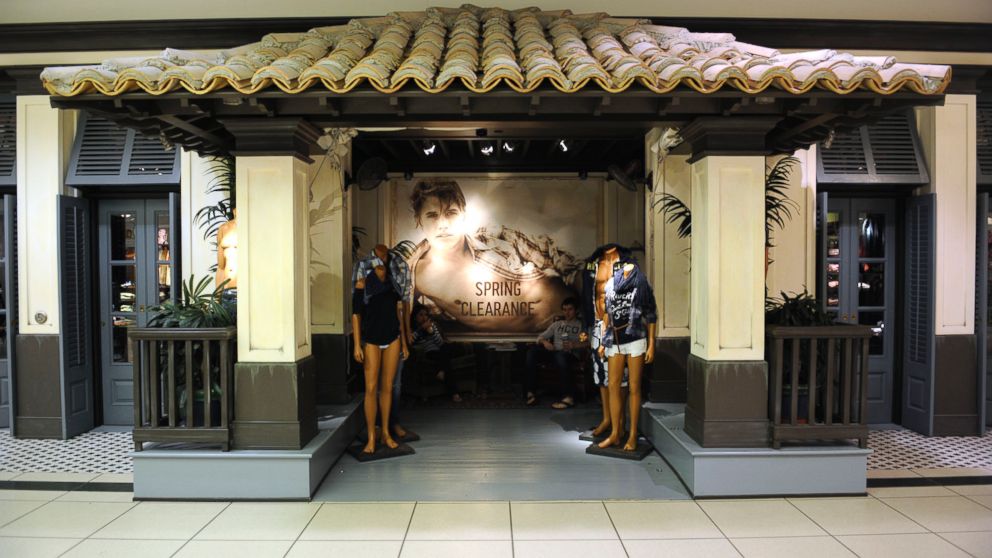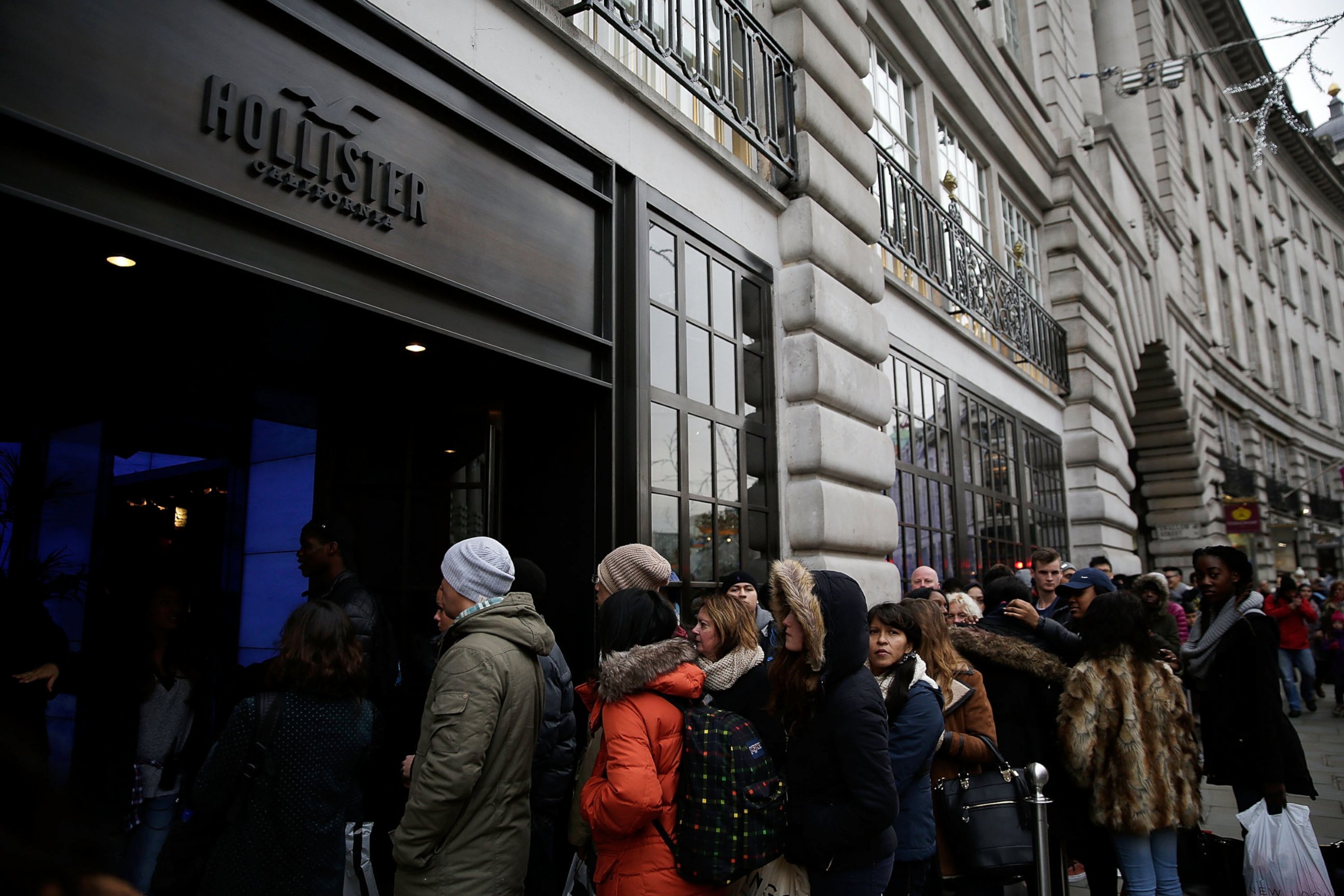Hollister Residents Shrug at Retailer's Fake Story of Origin
Teen clothing retailer Hollister touts itself as "So Cal" inspired just because.

— -- The New Yorker has revealed something that many Californians have known for years: the odd and fictitious story of origin for teen retailer Hollister.
The "beachy" brand has never really associated itself with the Southern California city that's actually 30 miles from the coastline. As a New Yorker essay this week by bestselling author Dave Eggers notes, despite the billions in sales over the years, the city "benefits in almost no way from this success."
A few dozen Hollister stores display cameras showing customers a video feed of the Huntington Beach shore. The website for Hollister describes the brand as "So Cal-inspired clothing for guys and girls," and "Hollister is the fantasy of Southern California, with clothing that's effortlessly cool and totally accessible."
So where did the brand's name come from?

Abercrombie & Fitch general counsel David Cupps described the origin of the name in a story in the Los Angeles Times in 2009.
"Despite rumors that the clothing line was named for the town or a popular surf spot near Santa Barbara, Cupps said Abercrombie & Fitch pulled the Hollister name out of thin air and then created a storyline to project a Southern California beach vibe to go with the surf-wear line," the Los Angeles Times reported.
Sunset magazine editor Bruce Anderson calls Eggers’ essay premise “solid” but also said Eggers “missed opportunities” to describe the city's real history.
A spokeswoman for Abercrombie and Fitch, which owns Hollister Co., declined to comment to ABC News.

There is no Hollister retail store in the city of Hollister, where many of the city's population of about 37,000 people are farm and factory workers, 66 percent of whom identify as Latino, according to Census data.
Meanwhile, the company threatened the business owner of Rag City Blues, based in Hollister, with a lawsuit when she applied to add "Hollister" to her jeans. She backed down, the Los Angeles Times reported in 2009.
The tale of origin that's told to employees, not in consumer communication, "goes something like this," Eggers writes:
"John M. Hollister was born at the end of the nineteenth century and spent his summers in Maine as a youth. He was an adventurous boy who loved to swim in the clear and cold waters there. He graduated from Yale in 1915 and, eschewing the cushy Manhattan life suggested for him, set sail for the Dutch East Indies, where he purchased a rubber plantation in 1917. He fell in love with a woman named Meta and bought a fifty-foot schooner.
“He and Meta sailed around the South Pacific, treasuring “the works of the artisans that lived there,” and eventually settled in Los Angeles, in 1919. They had a child, John, Jr., and opened a shop in Laguna Beach that sold goods from the South Pacific—furniture, jewelry, linens, and artifacts. When John, Jr., came of age and took over the business, he included surf clothing and gear. (He was an exceptional surfer himself.) His surf shop, which bore his name, grew in popularity until it became a globally recognized brand."




